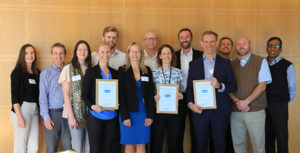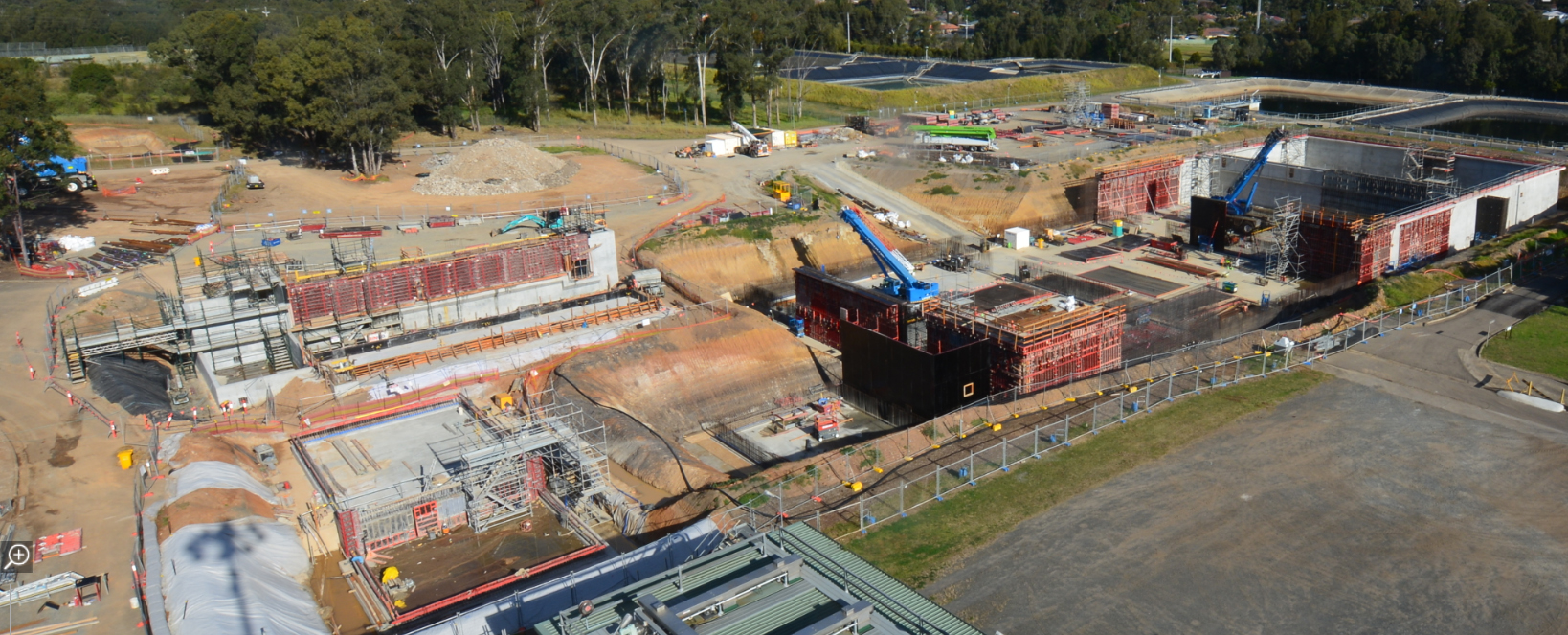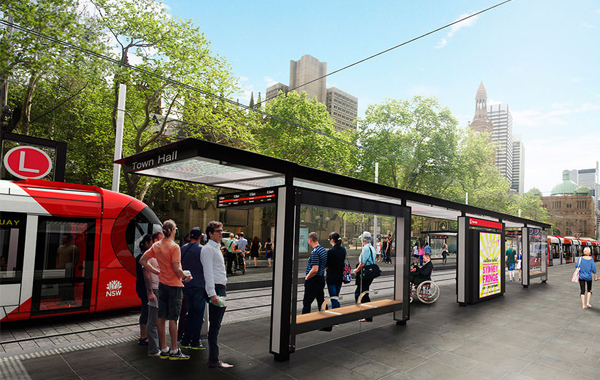Sydney Water’s Lower South Creek Achieves Excellent Design IS Rating
Sydney Water’s Lower South Creek Treatment Program has received the highest rating ever achieved for an Australian water infrastructure project from the Infrastructure Sustainability Council of Australia (ISCA).
The program involves a $450m upgrading of facilities at St Marys and Quakers Hill which will see the adoption of new technologies that will make water treatment more sustainable, cost efficient and effective.
The Lower South Creek Treatment Program is set to achieve a 42% reduction in whole of life greenhouse gas emissions which earned an Infrastructure Sustainability (IS) Design “Excellent” rating of 69.7 points.

ISCA CEO Ainsley Simpson said, “this is the highest IS rating ever achieved for a water infrastructure project and includes numerous innovations and sustainable outcomes which other water utilities can follow and learn from. A tremendous achievement for Sydney Water.”
ISCA Case Manager, Kieren Heikkinen added “the outcomes were particularly impressive considering the IS rating was initially undertaken as a benchmarking exercise with little additional effort expended on sustainability, which reflects Sydney Water’s focus on sustainable outcomes. Learnings from the project and IS rating can and should be applied across Sydney Water.”
Energy and carbon forecast modelling for the project estimates that the Lower South Creek Treatment Program will achieve a reduction of 870,000 tonnes or a 42% reduction of Greenhouse Gas total emissions during construction and across its 50 years’ operation. This reduction includes embodied CO2 emissions from construction materials and treatment chemicals.
Onsite renewable energy use is a core objective of the Lower South Creek Treatment Strategy, with the consolidated solids processing at St Marys implemented to allow for anaerobic digestion and energy recovery through a co-generation plant. With on-site thermal energy recovery and electricity generation the project is able to self-supply 69% of its electricity demand.
The Lower South Creek Program is Sydney Water’s first project to trial the Infrastructure Sustainability Council of Australia’s IS Rating tool and certification process. This process has provided independent third-party assurance of sustainability outcomes in delivery of the project.
Gill Fowler, Lead Environmental Scientist at Sydney Water said “embarking on the IS journey provided greater incentive and opportunity to challenge current process thinking and explore new ways of operating.
“This helped drive sustainability benefits and reduced energy demand and our carbon footprint.”
To achieve Sydney Water’s first IS Rating, the program deployed many innovative processes and technologies. These included the transfer of sludge for consolidated biosolids processing and installation of mechanical primary sedimentation screens, which were Australian firsts.
Other innovations included anaerobic digestion with Thermal Hydrolysis Pre-treatment (THP) at St Marys and the secondary treatment process was modified to a Nereda Aerobic Granulated Sludge bioreactor, after a successful pilot trial, at the Quakers Hill Plant.
These innovations all helped to deliver industry-leading sustainability benefits which resulted in a full 10/10 score for innovation from ISCA, with two of the innovation points awarded for exceeding the benchmarks for energy and carbon reduction, and renewable energy supply.
The Lower South Creek Delivery Partner (WSP and UGL) put forward the IS tool to benchmark the project’s sustainability performance without incurring additional capital costs This process has provided insights into how Sydney Water policies and procedures align with best practice in the IS Rating tool.
James Logie at WSP said “this is an amazing result for Sydney Water’s first IS Rating and highlights the impressive efforts from Sydney Water to plan and deliver innovative and more sustainable wastewater solutions.”
Anthony Korbel, Program Director said “ISCA certification of the Lower South Creek Treatment Program is a further step by the infrastructure industry and in particular Sydney Water in recognising the importance of sustainability in the delivery of large capital programs. It’s been both an interesting and rewarding process for the (WSP/UGL) team and I’m delighted to see such a fantastic result.”
The Lower South Creek Treatment Program used a novel approach to forecasting and benchmarking energy and carbon under the IS Rating tool. This involved comparison against robust energy benchmark data published by the Water Services Association of Australia (WSAA) from 245 Waste Water Treatment Plants (WWTP) across Australia and New Zealand.
Gill Fowler added “Sydney Water has committed to obtaining a sustainability benchmark for all its major infrastructure projects.”


